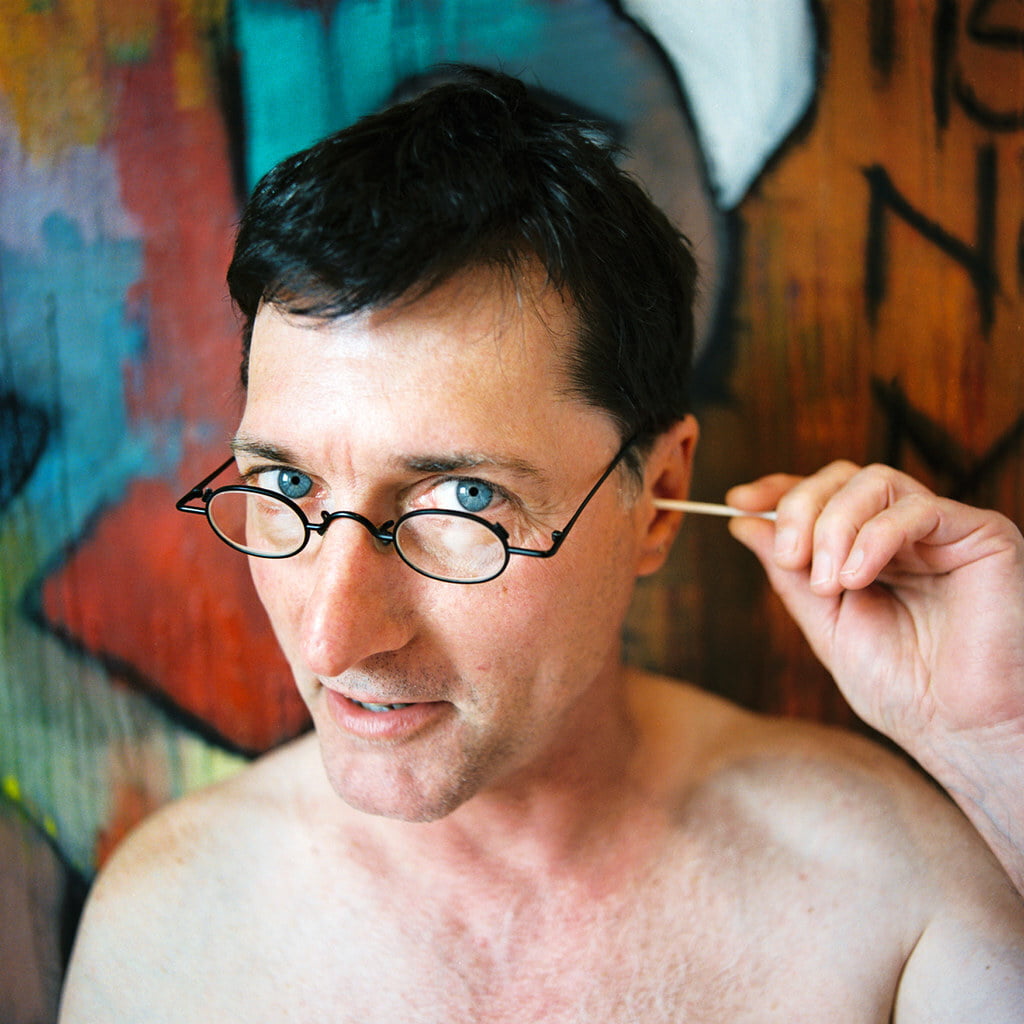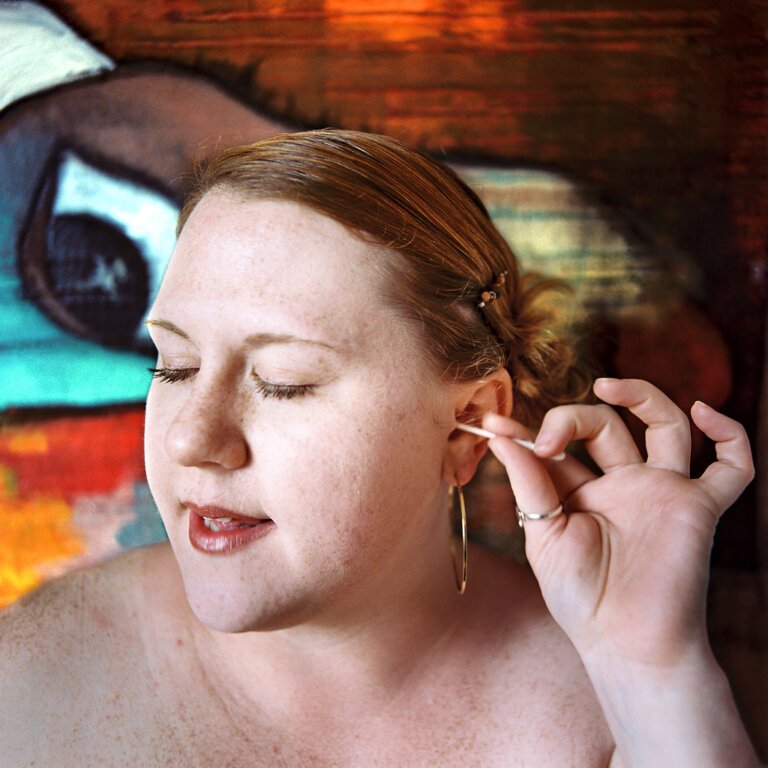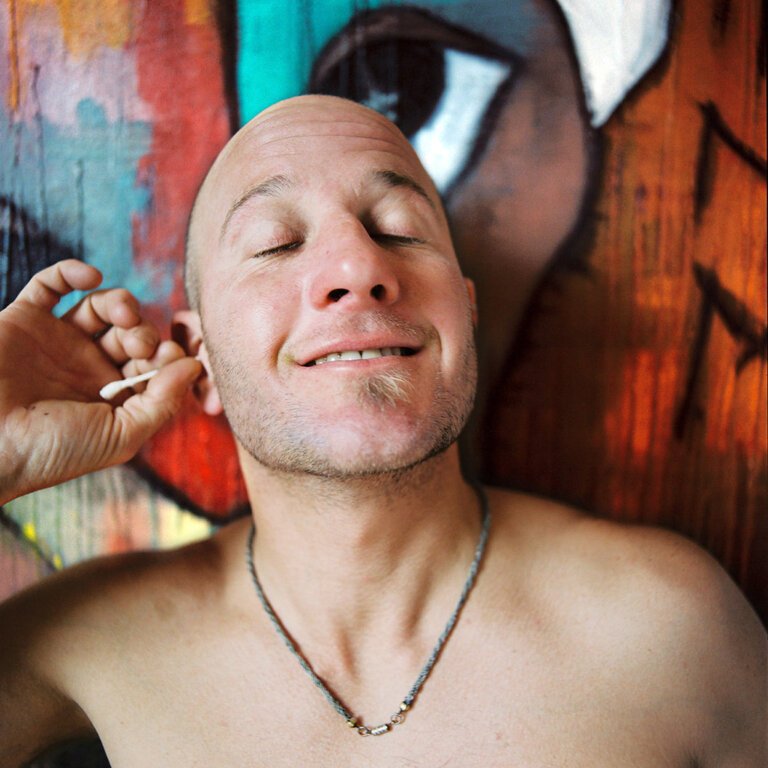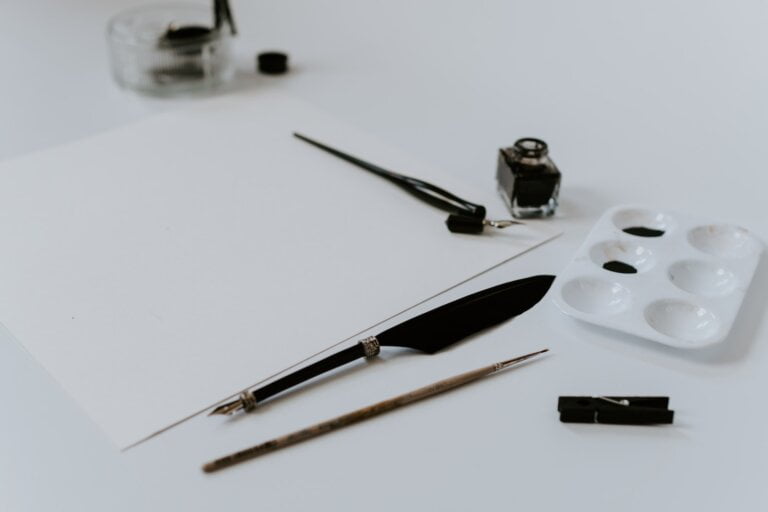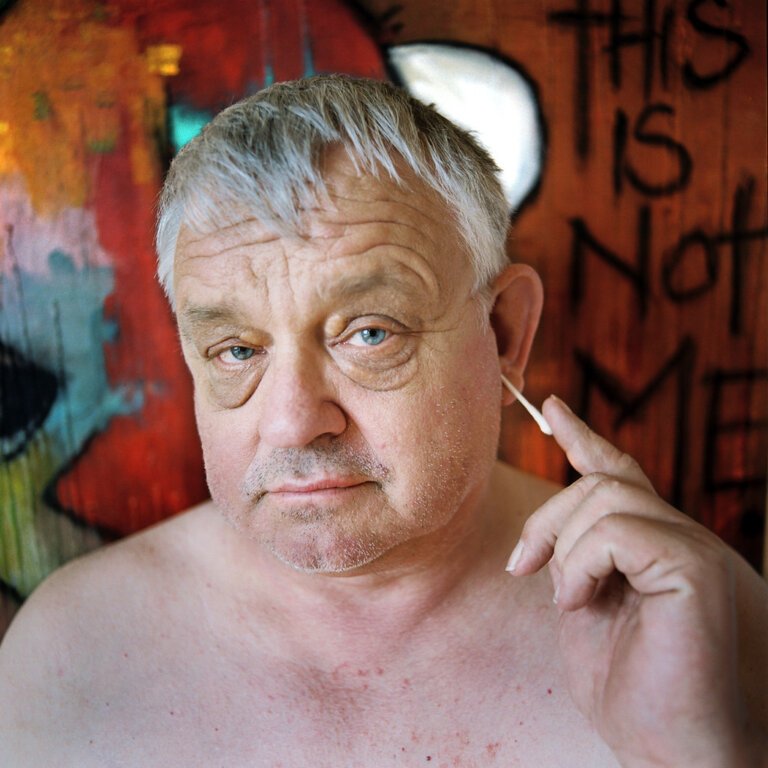Balancing Act: Revealing the Connection Between Ears and Equilibrium
Last Updated on 3rd May 2024 by Admin
The human body is an extraordinary creation, with countless intricate systems working harmoniously together. One of these systems is the vestibular system, which is responsible for our sense of equilibrium or balance. While various factors contribute to our ability to stay balanced, the connection between our ears and equilibrium plays a vital role in maintaining stability.
Understanding the Vestibular System
The vestibular system consists of several structures, including the inner ear and specific areas in the brain. Its primary function is to provide us with spatial orientation, balance, and the ability to sense motion. Working in tandem with our visual system and proprioception (sensory feedback from muscles and joints), this system helps us maintain equilibrium.
The Inner Ear: A Key Player
The inner ear is a complex structure that is crucial for our sense of balance. It comprises three semicircular canals that detect rotational movements, along with two otolith organs that perceive linear motions. These structures contain fluid and tiny hair cells, which are essential for converting mechanical movement into electrical signals that can be interpreted by the brain.
The semicircular canals are responsible for detecting rotational movements, such as when we turn our heads or spin around. On the other hand, the otolith organs detect linear motions, such as when we move in a straight line or experience acceleration or deceleration. These organs contain tiny calcium carbonate crystals, known as otoliths, which shift when we move. This movement stimulates the hair cells, triggering the release of electrical signals.
The Connection Between Ears and Equilibrium
The intricate connection between our ears and equilibrium lies within the vestibulocochlear nerve, also known as cranial nerve VIII. This nerve carries information from the inner ear to the brain, allowing us to maintain balance and coordinate movements.
How It Works
When we move or experience motion, the shifting of the otoliths and the fluid-filled semicircular canals stimulates the hair cells. This stimulation triggers the release of electrical signals, which are then transmitted by the vestibulocochlear nerve to specific areas in the brain, such as the brainstem and the cerebellum.
The brain processes this information, along with visual cues and proprioceptive feedback, to generate a comprehensive sense of equilibrium. It integrates the signals received from the vestibular system with information from the visual system and proprioception to ensure accurate perception of balance and spatial orientation. This intricate process enables us to adjust our posture, stabilize our gaze, and coordinate movements effectively.
The Role of the Brain in Equilibrium
Equilibrium is not solely dependent on the ears; the brain plays a crucial role in interpreting and integrating the signals received from the vestibular system.
Vestibular Cortex
The brain’s vestibular cortex, located in the posterior part of the parietal lobe, is responsible for processing information related to balance and spatial orientation. It receives signals from the vestibulocochlear nerve and works in conjunction with other brain regions to provide us with a coherent sense of equilibrium.
The vestibular cortex analyzes the incoming signals and combines them with information from other sensory systems, such as vision and proprioception. This integration allows us to perceive our position in space accurately and make the necessary adjustments to maintain balance.
Cerebellum: The Master Coordinator
Another critical player in maintaining balance is the cerebellum. Located at the back of the brain, the cerebellum receives information from the vestibular system, visual system, and proprioception. It then fine-tunes motor commands, ensuring smooth and coordinated movements. The cerebellum acts as the master coordinator, integrating the various sensory inputs to facilitate balance and stability.
The cerebellum plays a crucial role in motor learning and adaptation. It continuously receives feedback from the vestibular system and other sensory systems, allowing it to make precise adjustments to movements and maintain balance. Damage to the cerebellum can result in issues with coordination, posture, and balance.
Factors Affecting the Connection
While the connection between ears and equilibrium is essential, several factors can disrupt this delicate balance.
Inner Ear Disorders
Inner ear disorders, such as Meniere’s disease, vestibular neuritis, and benign paroxysmal positional vertigo (BPPV), can lead to balance problems. These conditions can affect the functioning of the inner ear, compromising the transmission of accurate signals to the brain.
Meniere’s disease is characterized by recurring episodes of vertigo, hearing loss, tinnitus, and a feeling of fullness in the affected ear. Vestibular neuritis, on the other hand, is an inflammation of the vestibular nerve, leading to severe vertigo and imbalance. BPPV is a condition caused by the displacement of calcium carbonate crystals within the inner ear, resulting in brief episodes of vertigo triggered by certain head movements.
Aging
As we age, the structures within the inner ear may degenerate, leading to a decline in balance and equilibrium. This natural process, known as presbycusis, can make individuals more prone to falls and dizziness.
Presbycusis typically affects high-frequency hearing first, making it difficult to hear certain sounds and understand speech clearly. In addition to hearing loss, degeneration of the inner ear structures can also affect the functioning of the vestibular system, leading to balance problems.
Traumatic Brain Injury
Any injury or trauma to the head can disrupt the normal functioning of the vestibular system and the brain’s ability to interpret balance signals. Concussions, for example, can result in dizziness, vertigo, and difficulty maintaining equilibrium.
Traumatic brain injuries can affect the inner ear structures, the vestibulocochlear nerve, or the brain regions involved in processing balance signals. The severity of the symptoms depends on the extent of the injury and the specific areas affected.
Medications
Certain medications, such as those prescribed for high blood pressure or anxiety, may have side effects that affect the vestibular system. These medications can cause dizziness or imbalance as a result.
Medications that affect blood pressure can alter blood flow to the inner ear, compromising its function. Similarly, medications that act on the central nervous system, such as sedatives or tranquilizers, can affect the brain’s ability to process balance signals.
Maintaining and Enhancing Equilibrium
Although some factors affecting equilibrium are beyond our control, there are steps we can take to maintain and enhance balance.
Exercise and Physical Therapy
Engaging in regular exercise, particularly balance and coordination exercises, can improve muscle strength, flexibility, and proprioceptive feedback. Exercises such as yoga, tai chi, and Pilates can help improve balance and stability. Physical therapy may also be beneficial for individuals with balance-related disorders, as it can help retrain the brain and improve overall stability.
Fall Prevention Strategies
Implementing fall prevention strategies is crucial, especially for older individuals or those with balance issues. Simple measures like keeping the home free of clutter, installing handrails, and using assistive devices can significantly reduce the risk of falls. Regular eye exams and ensuring proper lighting in the living environment are also important.
Medication Evaluation
If you experience dizziness or balance problems, consulting with a healthcare provider is essential. They can evaluate your medications and make adjustments if necessary, minimizing any potential negative effects on the vestibular system. It is important to communicate any changes in balance or equilibrium to your healthcare provider, as this information can help guide appropriate treatment adjustments.
Lifestyle Modifications
Maintaining a healthy lifestyle can positively impact balance. Adequate hydration, a balanced diet rich in essential nutrients, and sufficient sleep are vital for overall well-being, including the health of the vestibular system. Limiting the consumption of alcohol and avoiding smoking can also contribute to maintaining a healthy vestibular system.
Conclusion
The connection between ears and equilibrium is a fascinating aspect of human physiology. Our ears, especially the inner ear, play a crucial role in transmitting balance signals to the brain. By understanding this connection, we can appreciate how multiple systems work together to maintain stability. Taking steps to promote the health of our vestibular system and adopting preventive measures can help us lead a balanced and stable life.

